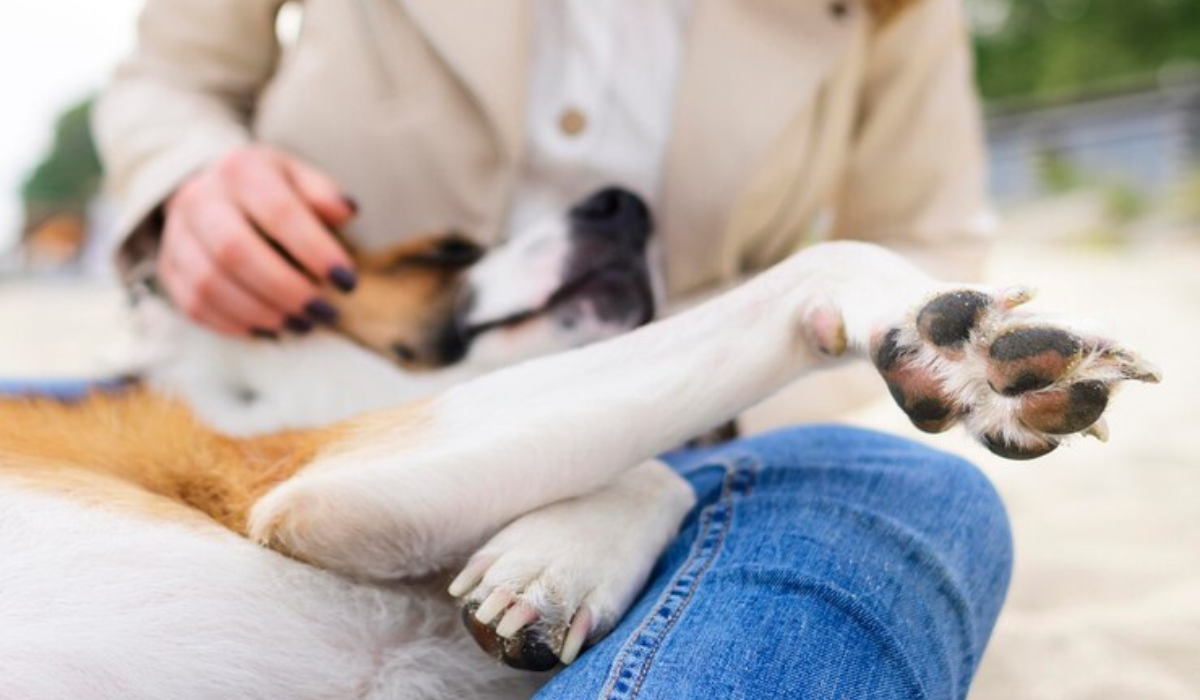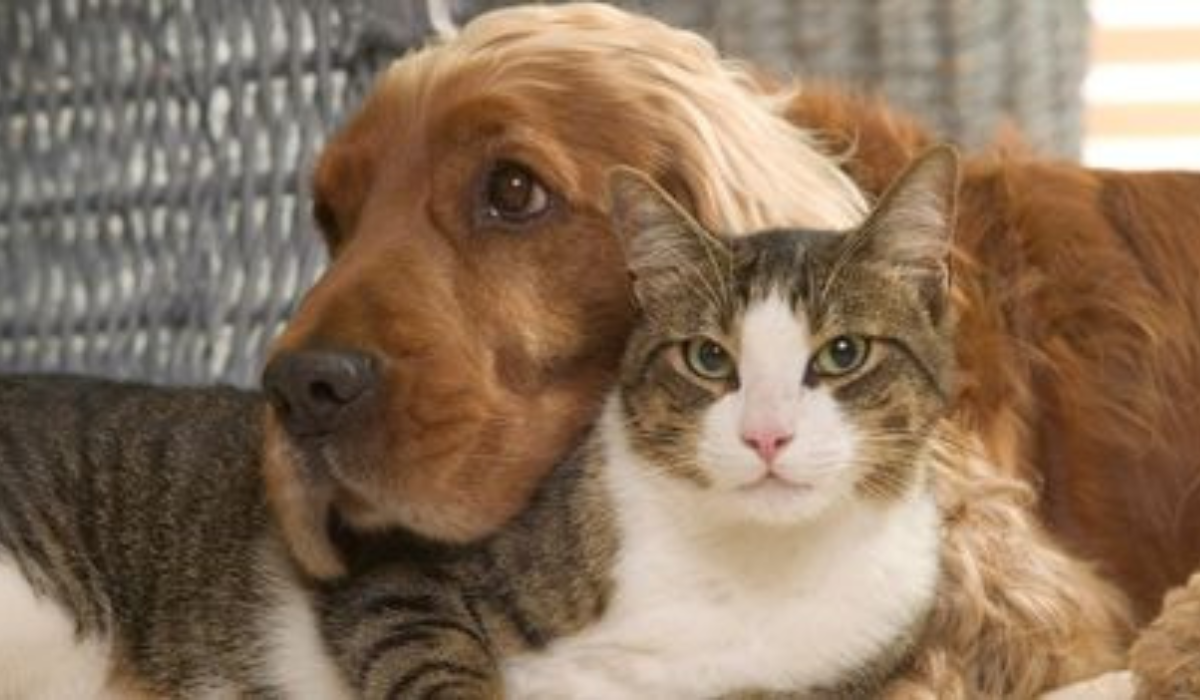Understanding their emotions and communicating with them is essential to building a strong relationship. Our beloved pets, dogs and cats, can express a wide range of emotions through their facial expressions. It is important to decode these cues in order to communicate effectively, train your dog, and foster a stronger connection. Let’s explore the complex world of cat and dog facial expressions.
Canine facial expressions: Understanding the emotions of dogs
Faces are a great way for dogs to express their emotions. They’re known for being loyal and expressive. Understanding your dog’s facial expressions will help you to understand his state of mind.
-
Happy Expressions
- A relaxed expression and soft eye contact are important.
- The ears may be pricked up or hung loosely.
- The corners of the mouth form a smile.
-
Alert Signs
- A stare that is intense and characterized by widened pupils.
- The ears should be rigid, erect and facing forward.
- Closed mouth or partial open with teeth visible
-
Playful Indicators:
- Gentle eye contact and relaxed expression.
- The ears can be positioned forward, to the side or up.
- A hanging tongue, an open mouth and panting with excitement.
-
Fearful Reactions
- Eyes with large pupils and a tight gaze.
- The ears are flattened out or pushed backward.
- Open or panting Mouth, lips drawn back, teeth bared.
-
Use of Aggressive Expressions
- A hard stare that is accompanied by growling, snarling, or other aggressive behavior.
- The ears are pulled back and the teeth bared.
- A rigid body posture with a stiff tail.
The Code of Feline Emotions: Cat Facial Expressions
The cats, which are often considered mysterious, have a complex system of communication that involves a variety of facial expressions. Understanding their emotional life is enhanced by examining these cues.
-
Content Signals
- A calm and relaxed gaze.
- Direct eye contact or half-closed eyes.
- Purring can be a sign of contentment.
-
Friendly Gestures:
- Soft expression and relaxed eyes.
- The ears can be positioned forward, to the side or up.
- Mouth slightly open or closed.
-
Curiosity Revealed
- A look of intense concentration with ears slightly pushed back.
- Sitting still and observing or sniffing the air.
-
Anxious Signs
- A wide-eyed expression with a tightened jaw.
- The ears are pulled back and the whiskers stand out.
- Lip-licking or excessive grooming.
-
Angry Expressions
- Open mouth and lips pulled back.
- The ears can be lowered or pushed back.
- Hissing, growingl, or spitting.
Compare the facial expressions of dogs and cats: Understanding the nuance
Understanding your pet’s emotional cues can be a rewarding experience, but comes with its challenges.
-
Cats’ Complexity:
- The cat’s facial expressions are more complex than most, with nearly 300.
- Only 13% can correctly judge the mood of a cat based on its facial expressions.
-
Dogs’ Familiarity:
- As the oldest human companions, dogs are easier to understand.
- Dog facial expressions can be read by people.
Improve your relationship with your pet: A shared language
Consider the following to deepen your relationship with your feline or canine companions:
-
Observation time:
- Spend some time observing the facial expressions of your pet and their body language.
- To strengthen your relationship, try identifying the different moods.
-
Communication Enhancement:
- Understanding the subtle language of your cat or dog will help you communicate effectively.
- Understanding and responding to the emotions of your companion will help you create a better relationship.
Understanding the complex language of facial expressions in dogs and cats will help you build a more harmonious, richer relationship. You can become a better pet owner by learning to recognize the different expressions and cues.









